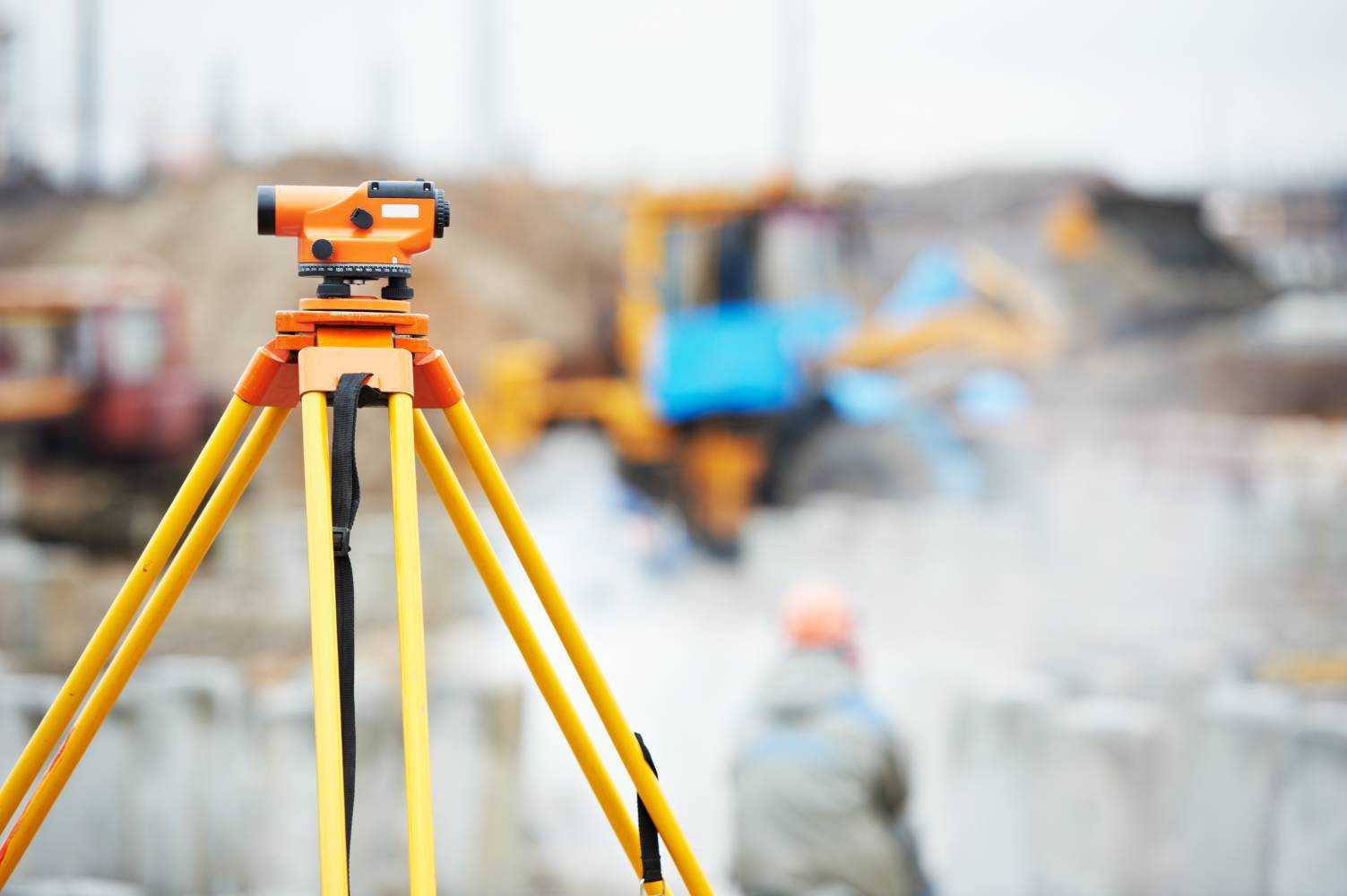BY: JAY BRIJPAUL
A homeowner in Toronto found out that almost 30% of the property he thought he owned belonged to the city. When he purchased the property, he never asked for a copy of the survey.
A land survey is like a map of the property. It has an outline of the boundaries. Every property has a street address and a legal description. The survey represents a drawing of the legal description. It will help to define the exact dimensions and boundaries of the property and any easements on it.
An easement is a right of use given to someone else other than the homeowner. Easements were created in England when homes were built very close to each other. Homeowners needed access to take coal for the furnace along the narrow space, half owned by each and needed a solution that benefitted both homeowners mutually. A mutual driveway between two homes becomes an easement where both homeowners enjoy the benefit of using each other’s land. A homeowner cannot erect a fence on his portion because it will restrict the other owner’s access to his property. Easements run with the land. If the owner sells the property, the easements will remain.
Properties have easements for utility companies such as water, gas, hydro, cable and drains. A survey will show where these easements are. There are many instances where a sunroom, a deck or garden shed is being built and the homeowner discovers that there is an easement on the property that would require the homeowner to remove it. This trouble could have been avoided if there was a survey to look at in the first place. Most utility lines run along the road and to the property under the driveway. In some older neighborhoods, this might not be the case.
There are many instances where buyers purchase homes on a large lot with the belief that they can erect a larger home or build an extension only to find out that there is an easement that runs in the middle of the land. Nothing can be built within a certain distance from that easement and that is known as a setback. There are also instances where a fence was built into the other neighbor’s property. It would be very costly to tear down and rebuild the fence on the property line. Most homeowners do not request a copy of the survey when they purchase the property because they have title insurance.
Title insurance is a type of insurance policy that protects the homeowner from certain losses that are for example, related to the title. Existing leans such as unpaid debts like property taxes from a previous owner or an encroachment like a fence or garden shed on a property that is on the neighbour land and must be removed. Title insurance will not cover cost related to loss in the value of the property because of certain easements. The responsibility is on the buyer to find out.
If you do not have a survey of your property, there are various ways to get one. Check with your neighbors on both sides as each survey has the adjacent properties attached to it as reference. Another option is to check with the local land registry office or the city’s or town’s office. You can also buy a copy from The Ontario Land Surveyors Association website www.landsurveyrecords.com. In extreme cases, the homeowner can order a new survey of the property by employing a local surveyor. The cost can be upwards of one thousand dollars.


Helen
August 25, 2020 at 9:06 pm
When I purchased my property, my lawyer said the seller didn’t have the survey of the property. Therefore, we didn’t get a survey. However, now that I know that the city actually has the survey of my property on file. I’m wondering whether the lawyer was suppose to acquire it for us when we bought the house? Are their regulations about it, or it’s totally between home buyers and lawyers? Besides, how can a lawyer say there’s no survey when the city has it?